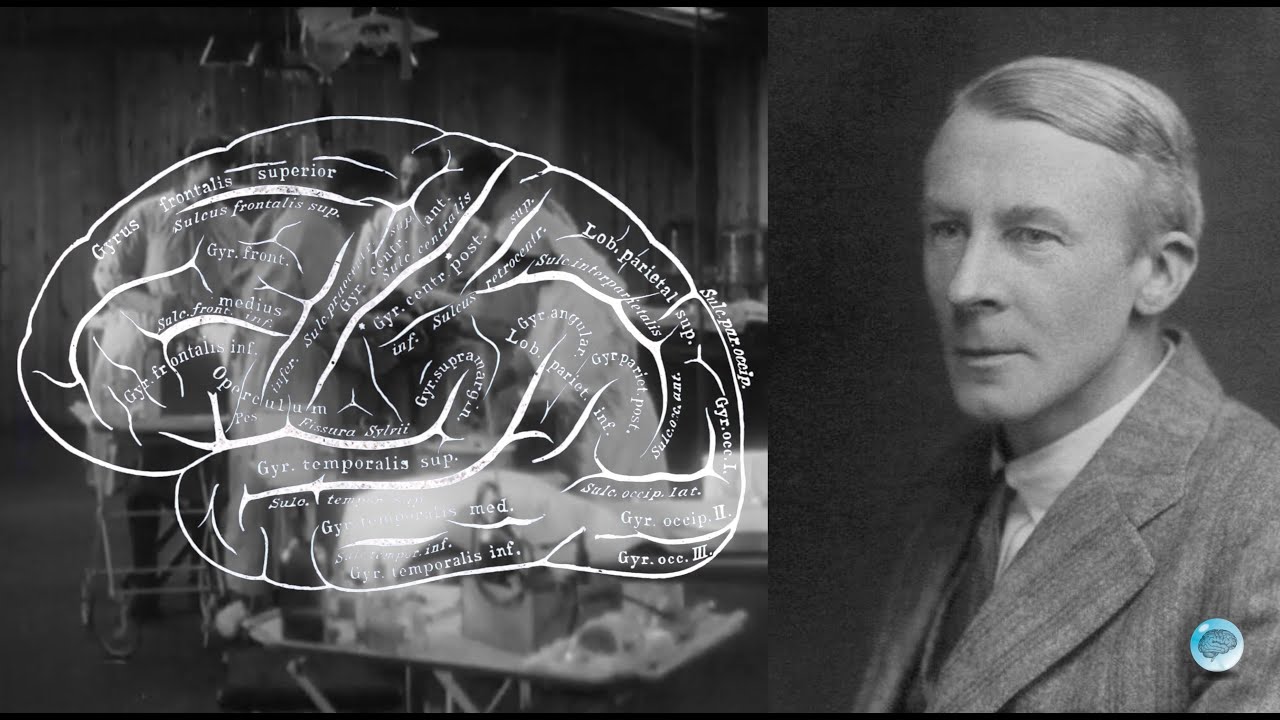Thanks to him, we understood the electrical activity of the brain: Who is Edgar Douglas Adrian?
He shared the 1932 Nobel Prize in physiology or medicine for his work.

(1889-1977) British electrophysiologist. He was awarded the 1932 Nobel Prize in physiology or medicine with Charles Sherrington for his work on the nerve cell. He was born on 30 November 1889 in London. In 1911, he graduated from Trinity College, Cambridge University, with the best honors in natural sciences. Notable for his research in physiology, he has appointed a chair at Trinity College two years later. After taking clinical courses at St Bartholomew's Hospital, Adrian graduated from Cambridge University's medical department in 1915. During the First World War years, when he was taken into army service, he greatly increased his experience, especially in the field of border system diseases and surgery. Returning to Cambridge after the war, he continued his research while teaching. Adrian, who was made a research professor at the Royal Society in 1929 and a professor of physiology at Cambridge University in 1937, was appointed as the director of Trinity College in the year of his retirement (1951) and remained in this position until 1965. He became the vice-rector of Cambridge University between 1957-1959 and its rector in 1968.
Sharing the 1932 Nobel Prize in physiology or medicine with Sherrington, Adrian won many non-Nobel prizes during his years of intense research and management. He was awarded the Royal Medal in 1934, the Royal Legion of Merit in 1942, and the Copley Medal in 1946. He received the title of baron in 1955. He died in Cambridge on August 4, 1977.
Before Adrian started to work on the nervous system and especially on the physiology of the nerve cell, important steps had been taken in this field as a result of the ongoing research since the end of the 19th century. For example, it was observed that the stimulus (stimulus) given to a motor nerve cell (motoneuron) not only creates tension in the related muscle, but also causes a noticeable change in the electrical charge of that nerve, and the "all or nothing principle" was put forward by Keith Lucas in 1909. According to this principle, a stimulus given to a nerve cell generates an impulse only after its strength exceeds a certain threshold. An impulse is a chain of electrochemical events that transmit the stimulus from one nerve cell to another. Research that reached this point at the beginning of the 20th century could not develop further because the sensitive voltage differences in nerve cells were not yet measurable.
Adrian, who started his research on this subject as Lucas' assistant, carried out his studies for a while after his teacher died in a plane crash in 1916. When he returned to Cambridge after World War I, he was able to record impulses as sound waves amplified 5000 times, thanks to a sound amplifier he developed. In 1927, in an experiment with his Swedish colleague Zotterman on a frog muscle, he proved that the frequency of impulses increases when the intensity of the stimulus is increased. He also explained the adaptability of the nerve cell with this experiment. According to this explanation, a continuous stimulus delivered to highly adaptive nerves created a single impulse, causing frequent repetitive impulses in low-adaptive nerves. Adrian, in his studies on the sense organs in 1928, showed that by applying pressure to the skin, the frequency of impulses increases in proportion to the strength of the pressure, and decreases if the pressure is kept constant. With all this work, he shared the 1932 Nobel Prize in physiology and medicine with Sherrington.
Starting in 1934, Adrian focused his studies on the electrical activity of the brain. In 1929, Austrian psychiatrist Hans Berger succeeded in measuring the electrical waves emitted by the brain with EEG (electroencephalogram). Adrian, on the other hand, showed that these waves were rhythmic in a subject who could not concentrate and found that the wave emission originates from the occipital and peripheral lobe regions of the cerebral cortex. His studies on this subject have brought a new dimension to epilepsy treatment. Finding that the cerebellum also emits 150-250 waves per second, Adrian investigated the functions of various parts of the brain. Especially in his experiments on animals, he observed that the more important a sense is for a living thing, the wider the perception area of that sense in the animal's cerebral cortex. Concentrating his later work on the sense of smell, he was able to measure the voltage changes in the nerve cells of the olfactory bulb. He then determined that ether, oil, and fishy odor caused three different impulses in cats. He obtained important results regarding the adaptability of the olfactory nerves and published them between 1950 and 1956.
Adrian pioneered modern electrophysiology by examining the very different functions of the nervous system, from the impulses produced by a single nerve cell to the EEG waves that concern the entire brain.
WORKS:
The Basis of Sensation, 1928,
The Mechanism of Nervous Action, 1932,
The Physical Background of Perception, 1946.
